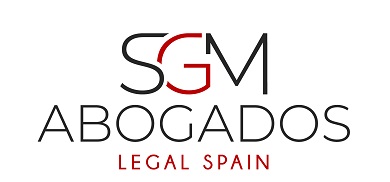Top Reasons to Visit Spain Part 4

Spanish cuisine is as we all know by now world renowned and so are the country’s flavourful drinks, often created out of a necessity for a thirst-quenching, affordable beverage during those hot summer days. This art of mixing and matching alcohol and fruit that usually wouldn’t be combined led to many delectable Spanish drinks.
So let’s and in no particular order of preference dive into the world of Spanish beverages …
Sangria
Sangria is very popular among foreign tourists in Spain even if locals do not consume the beverage that much. It is commonly served in bars, restaurants, and chiringuitos and at festivities throughout Spain.
Sangria is an alcoholic beverage originating in Spain and Portugal. Under EU regulations only those two Iberian nations can label their product as Sangria.
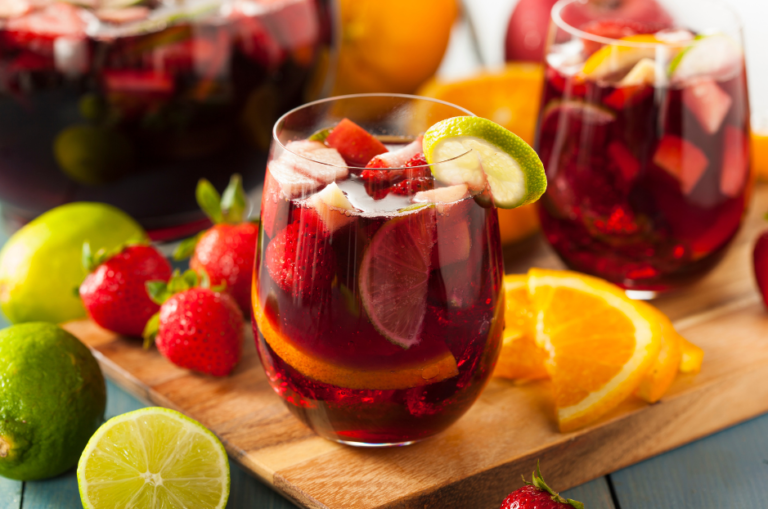
Traditionally sangria may be mixed with local fruits such as peaches, nectarines, berries, apples, pears, or global fruits such as pineapple or lime, and sweetened with sugar and orange juice. Spanish Rioja red wine is traditionally used. Some sangria recipes, in addition to wine and fruit, feature additional ingredients, such as brandy, sparkling water, or a flavoured liqueur.
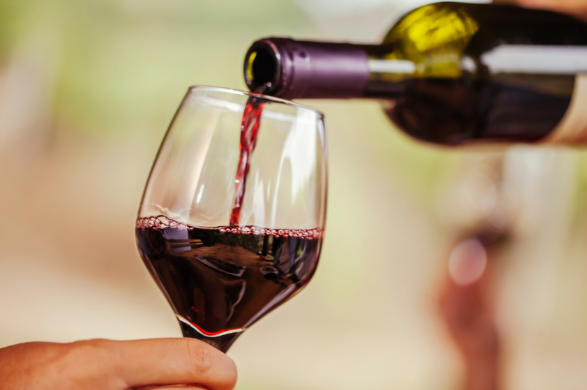
Rioja - red
Probably Spain’s most well known wine is from Spain’s Rioja region where winemaking dates back to the 10th century.
Rioja is subdivided into three regions – Rioja Oriental, Rioja Alavesa and Rioja Alta – each with its own unique style and blend of wine.
Albariño - white
The grape is noted for its distinctive botanical aroma with a citrus undertone. The wine produced is unusually light, and generally high in acidity with alcohol levels of 11.5–12.5%
Spain produces Albariño to a significant degree in the Rías Baixas DO, especially in the town of Cambados, Condado do Tea and in Barbanza e Iria.

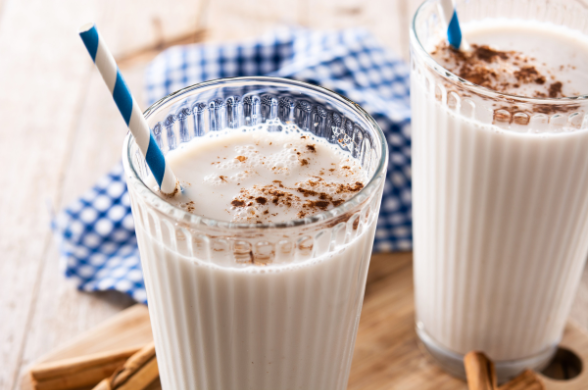
Horchata - Orxata
In Spain, it is made with soaked, ground, and sweetened tiger nuts.
It remains popular in Spain, where a regulating council exists to ensure the quality and traceability of the product in relation to the designation of origin. Here it is served ice-cold as a natural refreshment in the summer, often served with fartons.
Coffee
In recent years coffee has been a booming industry with many popular companies expanding around the globe with their fancy named beverages. Here in Spain we have some pretty fancy coffees of our own. Below we present just a few examples.

Café solo
Your basic espresso. This is what you’ll get if you just ask for a ‘café’ and nothing else. If you like a large mug brimming with your favourite blend than this will probably disappointing.
Most solo coffees are served around 30ml and can be finished in one sip.
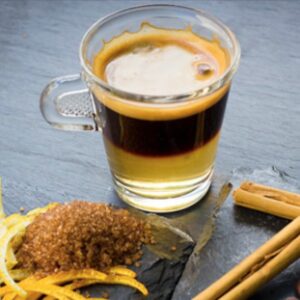
Belmonte
Belmonte is a coffee-based beverage that originates from Murcia. It consists of an espresso shot, condensed milk, a splash of brandy, preferably local Belmonte brandy. This coffee is an alcohol-based variety of café bombón, which is also popular in southern Spain.

Cortado
The café cortado is an extension of the café solo but this time with some milk.
The perfect pick-me-up without the bitter taste of a solo and the amount of a full cup. Ideal for those on the go and enjoyed with a quick tapas or toast.

Carajillo
An authentic Carajillo will have the brandy warmed up with the coffee granules and some lemon, to which some other coffee is added. After this, the mixture is filtered to get rid of the remaining granules and lemon and what you’re left with is a traditional Carajillo fit for the Gods…
And it doesn’t end there! We have café con leche, Manchado, Descafeinado de maquina / de sobre and even coffee served with a separate glass of ice. Our advice here at SGM is to look around your local café and see what the locals are having and say ‘puedo tener uno de esos?’ Can I have one of those?
Cava
Cava is a sparkling wine and known as the Spanish Champagne although this term is now not permitted by the EU since Champagne has a Protected Geographical Status. Only wines produced in the traditional method may be labelled “cava”; those produced by other processes may only be called “sparkling wines”.


Sidra
Asturias continues to be the main producer of sidra, making up 80% of national production. More than seventy cider presses produce 40 million bottles of cider, split almost equally between natural cider and sparkling cider, which is exported to over fifty countries.
The sidra houses where this product is usually consumed, are distributed throughout the Asurias and now some of them have an officially recognosed seal of quality known as ‘Sidrerías de Asturias’
Sherry
Sherry is a fortified wine made from white grapes that are grown near the city of Jerez de la Frontera in Andalusia, Spain. Sherry is produced in a variety of styles made primarily from the Palomino grape, ranging from light versions similar to white table wines, such as Manzanilla and fino, to darker and heavier versions that have been allowed to oxidise as they age in barrel, such as Amontillado and oloroso.
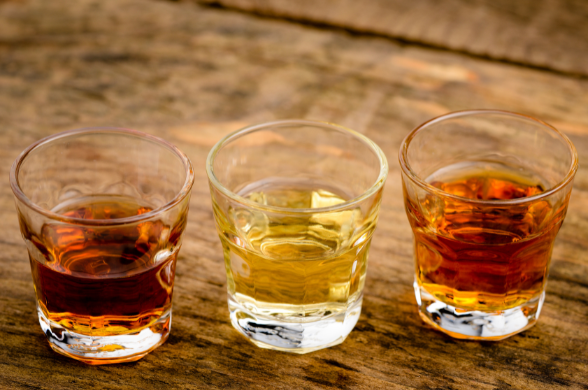

Beer - Cerveza
Spain probably has one of the most famous beers in the world in the name of San Miguel. But Spain has an amazing selection of traditional and not so traditional beers from lights to darks and to Radlers with and without alcohol. Below we’ve compiled a gallery of some of our favourite beers here at SGM. Why not try one or two sometime?


